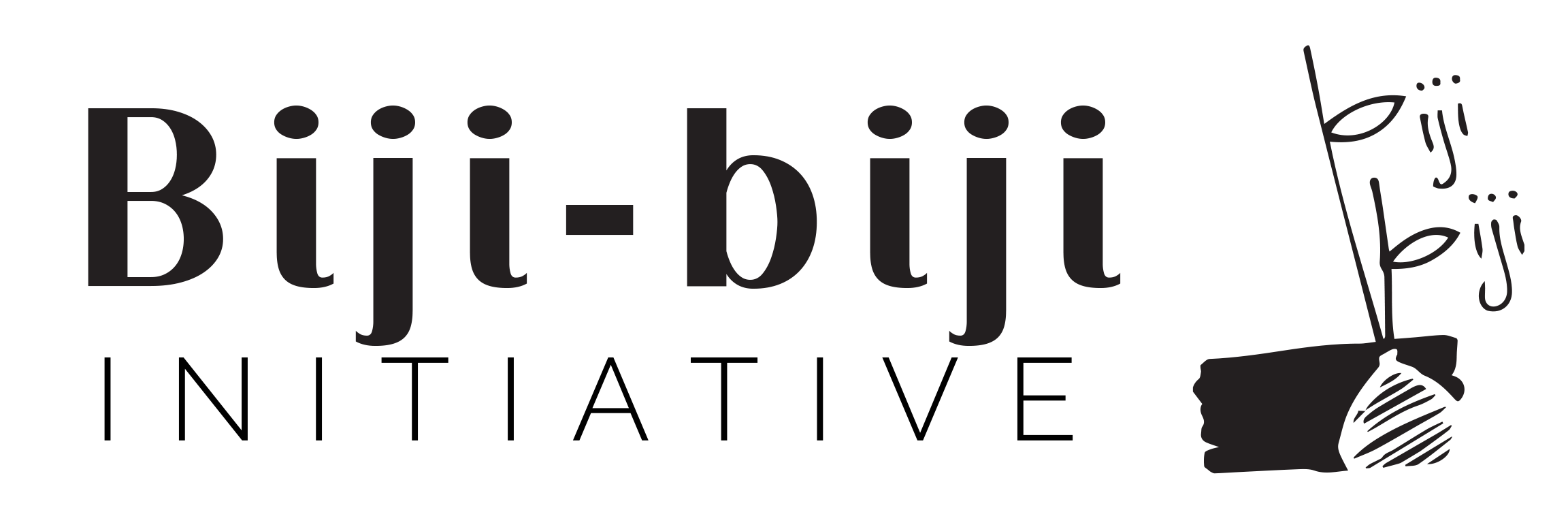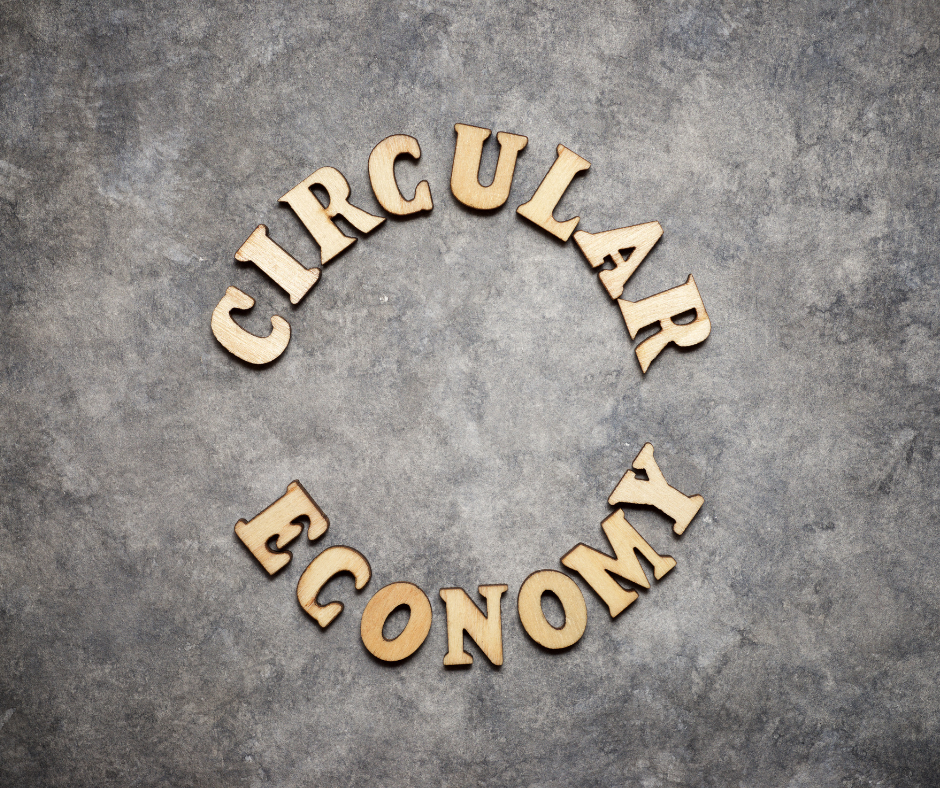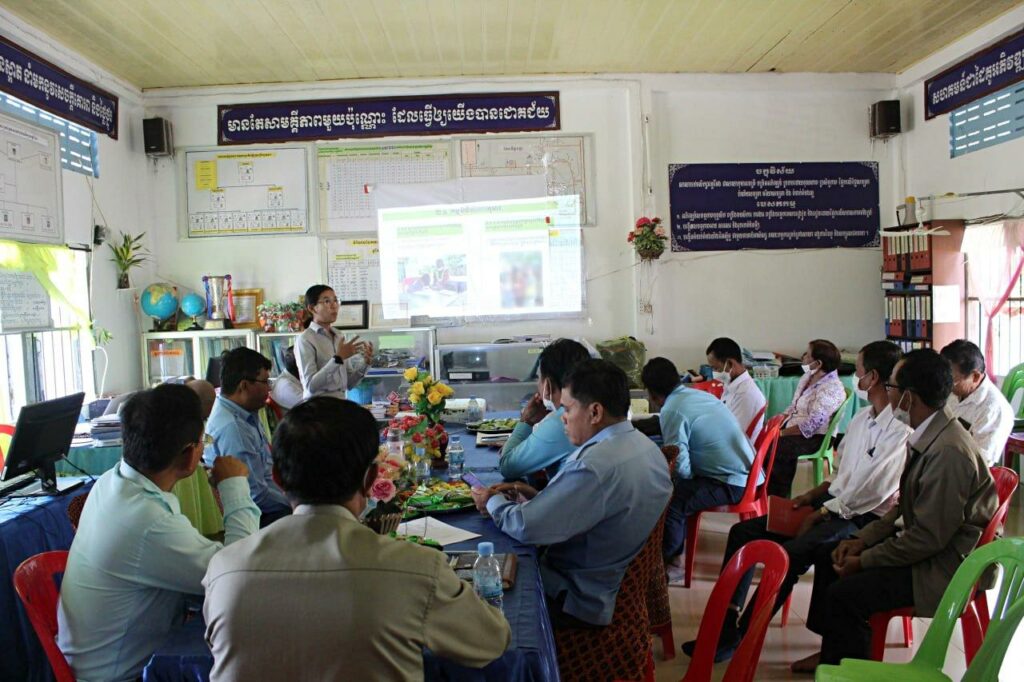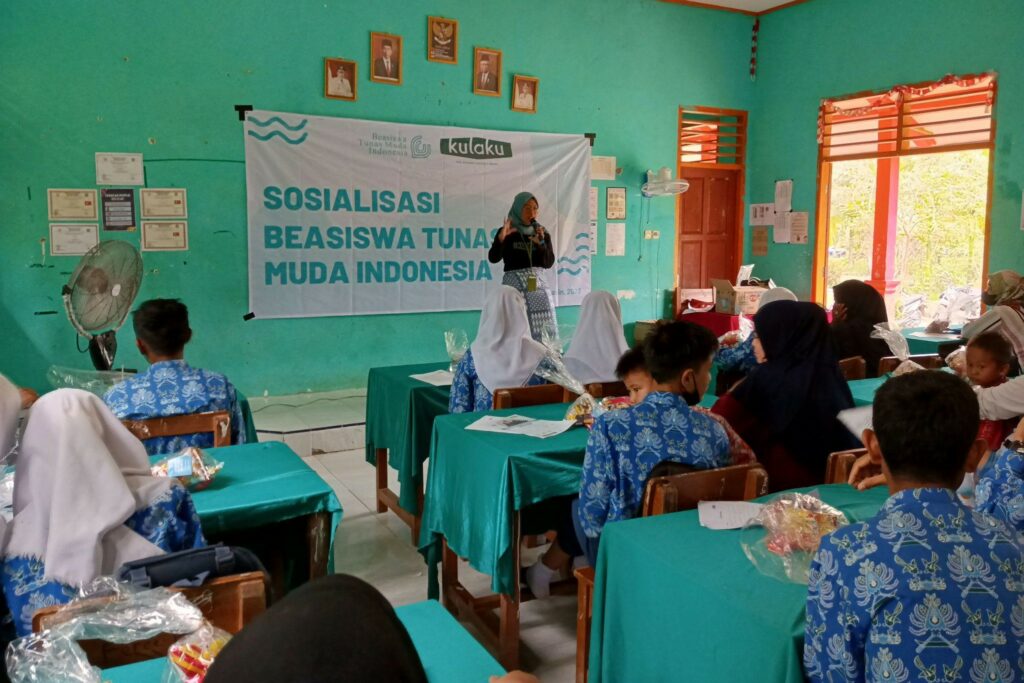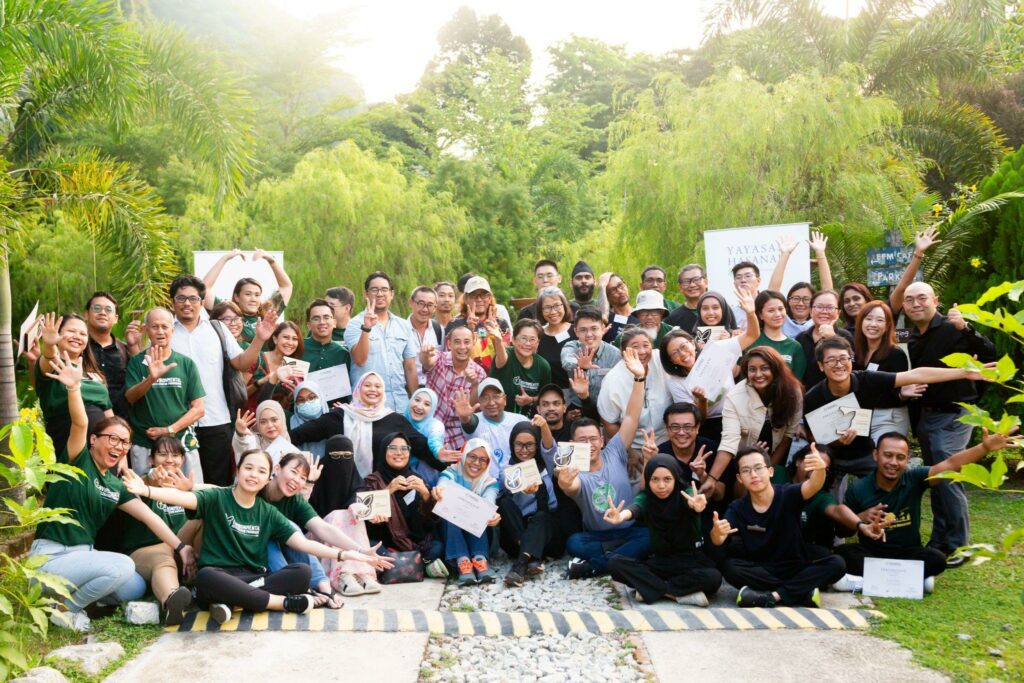What is a circular economy?
According to the Ellen MacArthur Foundation, a circular economy is based on the principles of designing out waste and pollution, keeping products and materials in use, and regenerating natural systems.
In a circular system, materials can be reused for other things across different lifetimes so that ultimately, no waste is resulted from what we use.
Background
The Industrial Revolution had transformed our ability to create things as resources and labour seemed infinite – all the goods could be mass-produced. This is also where the linear economy began to come into full-force – where extracted resources are used to create products, and then dumped when they become a surplus to our requirements.
Over time, along with technological advancements and innovation, we made life comfortable as we know it today, surrounding ourselves with items, gadgets, appliances, tools and furniture.
However, the world’s demand for having more stuff has resulted in an accumulation of waste.
Perhaps culturally and psychologically, we think of waste as something separate from us; something we throw away, or that it exists someplace far away from us.
The truth is that our collective home, our planet, is piling up with trash from all our stuff.
This week, we shed light on examples of circular economy initiatives around the world.
Circular economy initiatives around the globe
1. Edible cups and 100% biodegradable packaging
In 2018, the production of plastic amassed 359 million metric tons worldwide.
Packaging accounts for the largest application sector of plastics, at 146 million tons in 2015. With waste accumulating as a result of low recycling rates, there is a need for alternative substitutes to the plastics that dominate our lives.
Evo & Co. is a group of brands that focuses on providing solutions to end plastic pollution by creating campaigns and offering a range of sustainable alternatives to single-use plastic items.
Based in Indonesia, Evoware (which is Evo & Co.’s first brand) began a groundbreaking innovation of an edible cup made from Agar-Agar (from seaweed) and other plant-based ingredients.
The product comes in four flavours – lychee, orange, green tea and original – and will not affect the taste of the drinks.
The coolest part, of course, is that you get to consume the cup after finishing the drink!
Apart from the edible cup, Evoware also offers a 100% biodegradable seaweed-based packaging to replace disposable plastic sachets. The sheets essentially mirror plastic packaging but these are able to be dissolved in warm water.
Evoworld Malaysia is based in Kota Kinabalu, Sabah, where the team currently focuses on spreading awareness on plastic pollution as part of their collaborative movement, Rethink Campaign. The campaign encompasses talks and product demonstrations to different organisations.
2. Incorporating plastic waste into footpaths and roads
One of the most common solutions in dealing with the surplus of plastic waste is to diligently recycle it. However, it is estimated that only 20% of plastics are actually recycled.
What about the remaining plastics?
In India, plastic roads are a popular solution in response to overflowing plastic litter. R Vasudevan is the person behind the implementation of fusing regular tar (used to construct roads) with plastic, which reduces the amount of bitumen needed for a regular road.
Not only that, plastic also increases the aggregate impact value and improves the quality of flexible pavements, meaning that the roads are not as susceptible to disintegration and potholes.
To date, India has over 100,000km of roads made with plastic!
3. Sustainable fabric dyeing
The textile industry generates waste in the form of wastewater effluent, which contains organic solvents, used oils and colouring agents. This proves problematic as these harmful chemicals and ingredients are washed away, polluting sources of water.
Moreover, the U.S. Environmental Protection Agency estimated that 16.9 million tons of textiles were generated in 2017, yet the recycling rate for all textiles was only at 15.2% in the same year.
Without a doubt, the textile industry is one of the most wasteful industries – more so as fast fashion continues to grow. The good news here is that some companies have developed safe ways to deal with this issue.
One example is the Dutch company DyeCoo, where they have developed a process of dyeing cloth that does not require water and no chemicals aside from the used dyes.
In essence, DyeCoo uses a CO2-based technology – pressurized CO2, becoming supercritical at this state, has high solvent power which allows for the dye to dissolve easily. Since the process does not involve water, there is no need for wastewater treatment, and the CO2 used is also reclaimed from existing industrial processes, recycling 95% of it in a closed-loop system.
4. Encouraging a “sharing economy”
According to Circular Economy Asia, the sharing economy is an economic model defined as a peer-to-peer (P2P) based activity of acquiring, providing or sharing access to goods and services that are facilitated by a community-based online platform.
Well-known companies such as Airbnb, Uber and Lyft are common businesses known for a business model which encourages renting/sharing instead of ownership.
A sharing economy, while not exactly the same as the circular economy, may prove to be beneficial in terms of reducing the consumption of raw materials to create new goods.
A study published in Nature Communications reveals that the sharing economy positively benefits the environment via reductions in the total resources required as well as through reducing pollutants, emissions and carbon footprint.
This may be especially true in the transportation sector as car-sharing reduces the distance travelled and bicycled-sharing sharing systems reduce the use of more motorized vehicles (which generates more emissions).
On a different note, we have also found that Millennials and Generation Z (what we typically term as “the younger generation” these days) favour access over ownership.
5. Regenerative agriculture
Agriculture is one aspect of our world that brings about negative impacts as our population and our corresponding demand for food grows. One of the most prominent damaging effects of agriculture includes degradation of soil (through monoculture) and pollution of water sources.
According to Regenerative International, regenerative agriculture is farming and grazing practices which may reverse climate change by rebuilding soil organic matter and restoring degraded soil biodiversity, which results in carbon decline and improvement of the water cycle. It’s the circular solution to the damaging agricultural practices currently in use today.
The linear approach to agriculture leaches essential nutrients from the soil and discards them in ways which pollute waterways, but a circular approach will ensure that finite reserves of important nutrients will rotate back into the soil from where it is abundant.
A very important plant nutrient is phosphorus, which is noted especially for its role in capturing and converting the sun’s energy into useful plant compounds.
One example of an organisation pushing the boundaries for regenerating natural systems is Ostara Nutrient Recovery Technologies, based in Vancouver.
In essence, Ostara has developed technology which allows for phosphorus and other nutrients to be recovered from industrial and municipal wastewater streams. The recovered nutrients are transformed into granular fertilizers that improve crop yields and reduce runoff, closing the loop on phosphorus.
In a nutshell
With each passing year and decade, we continue to be amazed by the ongoing efforts toward a sustainable, circular economy.
This list does not even begin to cover the breadth of initiatives around the globe!
At Biji-biji Initiative, we’re proud to have Beyond Bins championing our own community-based efforts for a circular economy.
We take surplus plastic waste in our systems to create products and generate livelihoods – and there is something beautiful about being able to participate in a global effort toward a better world.
